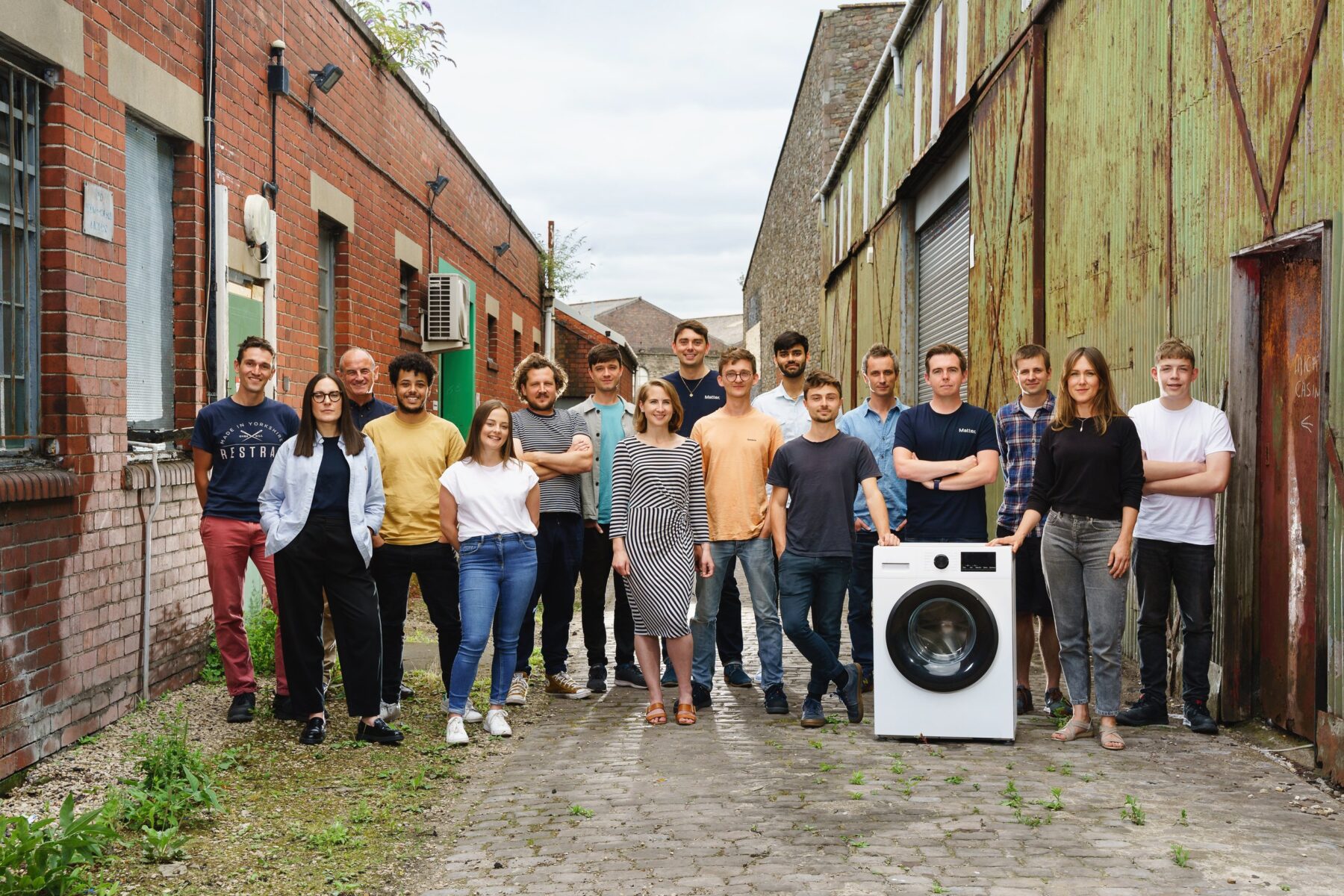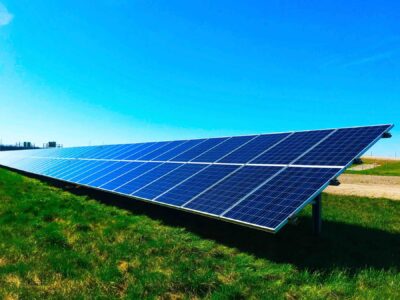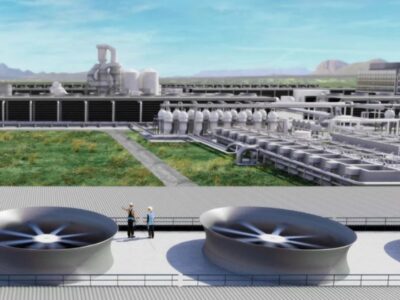There’s a lot more than water and suds splashing around in your washing machine when you do the laundry. If your load includes synthetic fabrics, there are also thousands of tiny microplastic particles being separated from the material and then sent into the local wastewater system and eventually the ocean. An even bigger source of ocean-bound microplastic is industrial wastewater.
Anywhere from 2.4 billion to 10.8 billion pounds of microparticles float on the top foot of seawater across the globe, according to research cited by Wired. Put another way, about 171 trillion microplastic particles currently float within the world’s oceans. That estimate comes from Matter, a British startup that knows all about microplastics.
Matter was founded in 2018 with a mission to “stop microplastic pollution at [its] source.” The company uses technology that captures, harvests, and recycles tiny particles.
According to the Matter website, each laundry cycle releases up to 700,000 microplastic fibers into waterways, where they pose a risk to the environment, humans, and animals.
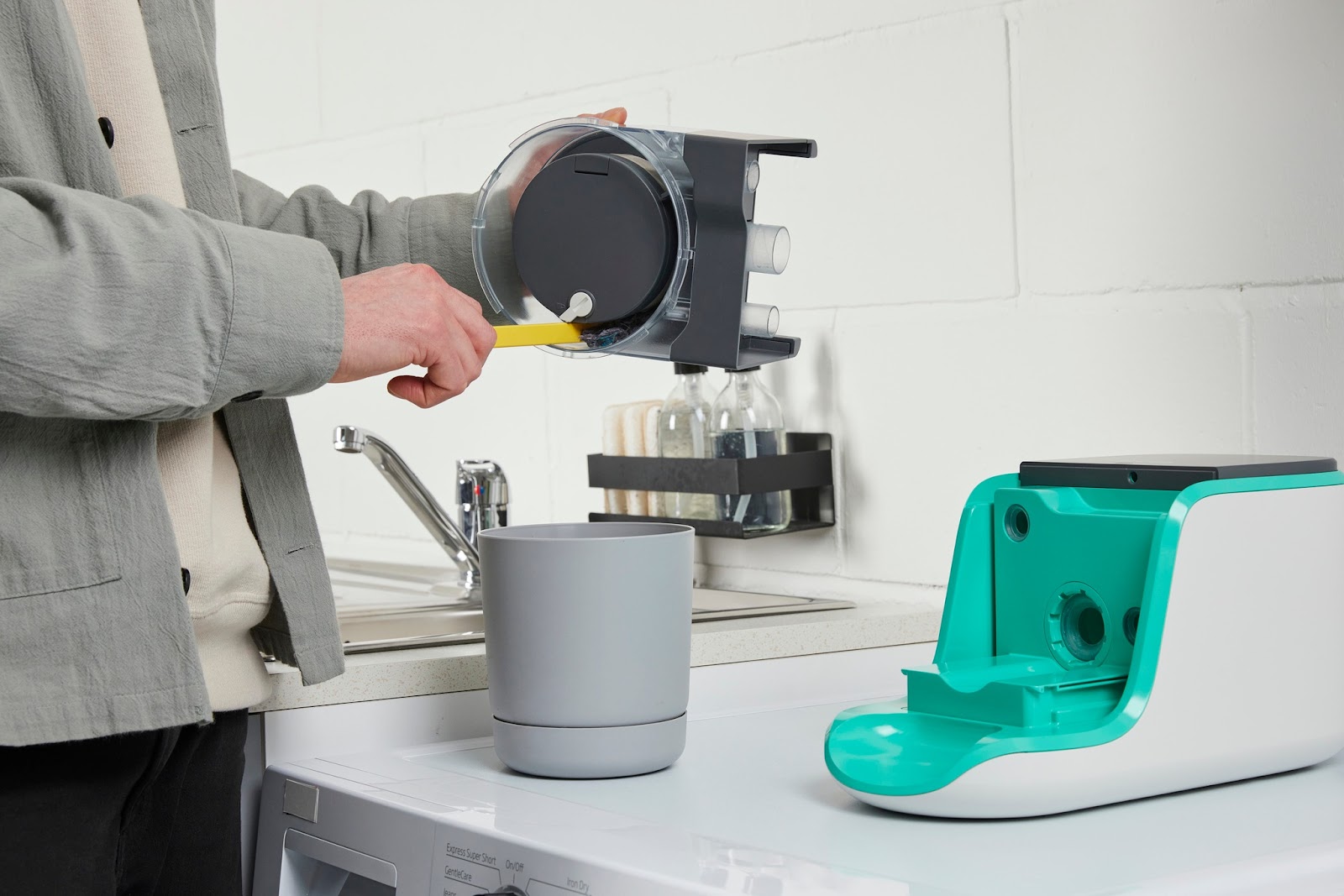
Photo Courtesy Gulp
Adam Root, Matter’s co-founder and CEO, learned about those risks while researching microplastic pollution in 2017.
“We’re seeing this micro-pollution break the blood-brain barrier; it’s changing fertility rates; plankton are ingesting it like crazy. I was like, OK, somebody has to solve this — and I tried to find other people to work for, to be honest,” Root told TechCrunch in an interview. “But it was clear to me that the size and scale of this issue is not being thought about in the correct way.”
As TechCrunch noted, Root has a background in mechanical engineering and history and a professional resume that includes stints at Dyson and GE. His interest in microplastics led him to launch Matter, helped by a grant of 250 British pounds. One of the company’s first moves was to use a Kickstarter campaign to establish an aftermarket filter, called The Gulp, for home washing machines.

Photo Courtesy Gulp
The Gulp attracted a “large number of backers,” TechCrunch reported, and has since been upgraded, so the filter no longer needs replacing.
“We call it regenerative filtration,” Root told TechCrunch. “We get the material and stick it together, without adding any chemicals or other substances. Nobody’s ever done this without disposable parts.”
Five years after its founding, Matter is poised for its next stage of growth after raising $10 million in a Series A funding round that will let the company accelerate its technology and scale its business.
The funding round, announced in early August, was led by S2G Ventures, the direct investment team for Builders Vision, and SOUNDWaves, a sustainability-focused investment firm backed by actor Ashton Kutcher and talent manager Guy Oseary. Additional investment came from Katapult Ocean and Regeneration.VC, a Leonardo DiCaprio-backed climate technology fund.
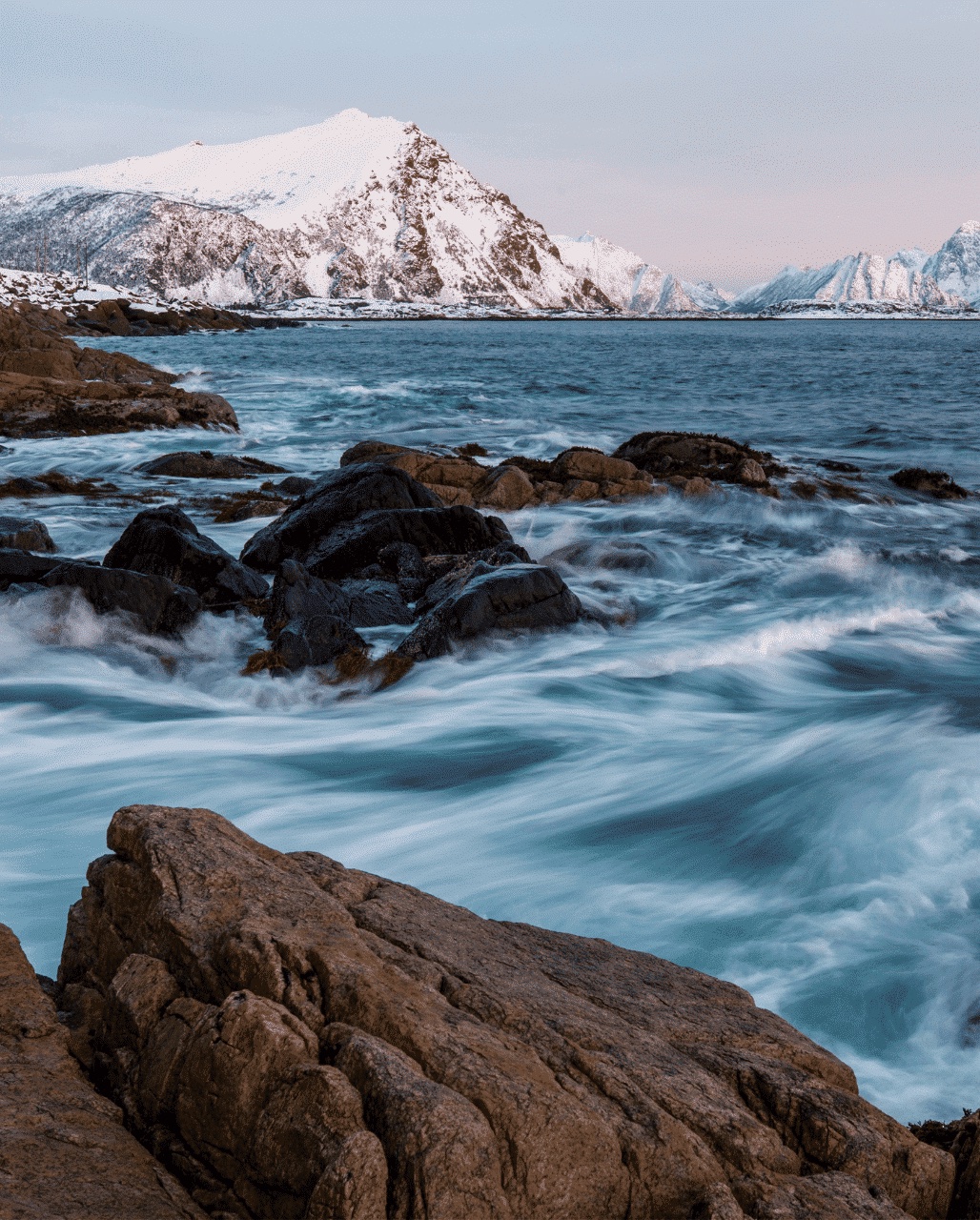
Photo Courtesy Katapult Ocean
Root told TechCrunch that the funding will “unlock” the industrial filtering part of Matter’s business.
“The majority of the money we’ll spend is on people because the tech we’ve developed, we’re comfortable with it — now it’s about working with these massive clients,” he said.
According to a press release, Kate Danaher of S2G Ventures and Katherine Keating of SOUNDWaves will join Matter’s expanded Board of Directors. Both lauded Matter’s technology and leadership.
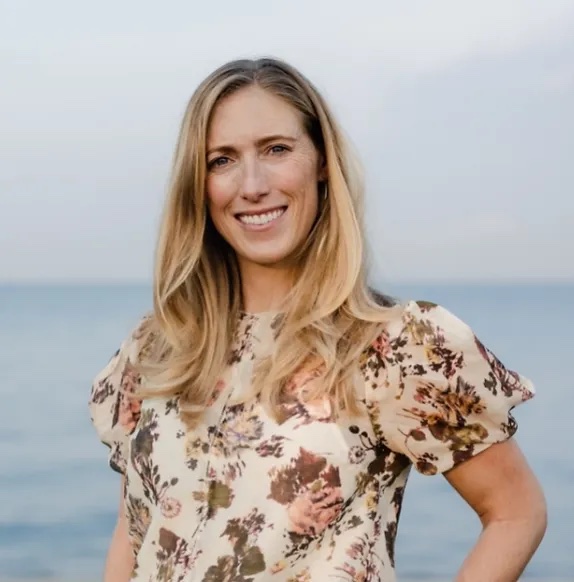
Photo Courtesy S2G Ventures
“Continued investment in solutions like the ones Matter provides are critical, if not essential, to ensuring the long-term health of our oceans, and subsequently, the overall health of our planet,” Danaher said in a statement.
According to Keating, government legislation regulating microplastic pollution is “inevitable,” which puts Matter in a good position to help industrial clients meet new standards.
“We are already working with Matter to realize the commercial relationships required to bring this impact to industrial scales, mitigating thousands of tons of plastic materials entering our environment every year from textile production and industrial wastewater processes,” Keating said.

